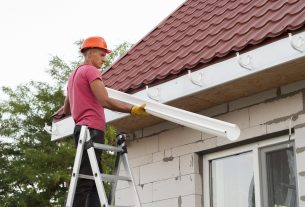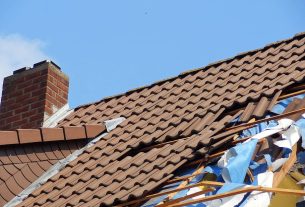When building a house or buying a house, we may have the need to insulate our attic in order to protect us from the cold weather and to maintain the heat inside. Well, it may happen that the same insulation in the attic becomes old or it might be infested with rodents or bugs, then the insulation needs to be removed. If you don’t know anything about insulation removal, then you can always get the help of professionals who will not only remove it but also install a new one to protect your house. So, how does this insulation removal work? Well, to be honest I had to research a lot before writing on this topic as I didn’t know that there is something called insulation removal. There are several steps involved in this process and it is defined in many technical terms that will not be easy for us to understand. That’s why, I’ll try to be more lenient when it comes to talking about the steps involved.
Remember, you can either do on your own or hire a professional to do it for you! I would strongly suggest having experts help you in this matter.
Although home insulation is very durable, over time, it can become damaged and less effective in preventing heat transfer. That is when you’ll need to replace it. You should be aware that the only times when you should completely remove any section of insulation is when it has been fire damaged, water damaged, or has become infested with rodents, mold or other pests. If you think your insulation needs to be removed because it looks dirty or tattered, or you want to replace it with better insulation, the odds are that the insulation is still good and performing its job and need not be removed. A professional insulation inspection will reveal whether you need to replace your insulation – or just part of it.
Fiberglass and blown-in insulation are extremely resistant to mold and other damage. If you come across moldy looking insulation, it may just be dirt particles filtered from the surrounding air. Insulation is designed to repel moisture, and the synthetic material provides no nutrients for mold or fungi. The good thing about this is even if your insulation is dirty looking, it is still performing its job. The same is true for ripped or tattered insulation. You certainly need to fill any large gaps, but complete insulation removal and replacement may not be necessary in this situation. Traditional fiberglass insulation, usually in the form of rolls or loose, blown-in clumps, can usually be removed by a homeowner. When removing insulation made of fiberglass, it is important to wear protective clothing. Long-sleeve shirts with collars, long pants, boots, gloves, face masks, and protective eyewear can prevent overexposure to fiberglass particles. These particles are irritating to the skin and lungs and can cause a rash or coughing.
If you’ve discovered that your home is not as energy efficient as you would like, you can add new layers of insulation to old layers. There are no negative consequences to doing this, and it can save you a bundle in insulation removal fees. An insulation professional can add extra layers of insulation to make your home more energy efficient – and save you money on your monthly bills.
The removal of insulation is hard, dirty work and you should be properly prepared when you start. This includes wearing a coverall of some kind with long sleeves and pants. Gloves, safety glasses and a mask should also be worn to prevent fiberglass from entering your skin or your lungs. Try to remove insulation at a cool time of year or in the very early morning when your attic is the coolest. Attics can become extremely hot and uncomfortable, reaching dangerous heat levels. If you feel faint or dizzy, leave your attic immediately. If you aren’t in an attic, still take proper precautions for your health.
If you are removing insulation in small sections, simply cut out the damaged portion with a utility knife and place it in a sturdy garbage bag or container that will keep the fiberglass away from other areas of your home. Try to avoid removing big swaths of insulation. It can be costly, and you may be removing perfectly good material. Blown-in insulation removal is slightly trickier. The professionals use a large vacuum to suck up bad spots, and you can use this method as well if you have a shop vac. Otherwise you must scoop up ruined insulation by hand. When you are finished make sure to clean up any remaining debris using a high-powered vacuum. You want to be sure to remove any bits of insulation and animal refuse before installing any new insulation.
If all else fails, call a professional to inspect your insulation and remove the sections too damaged or pest ridden to insulate properly.
If you need help with insulation installation or removal, make sure you find a qualified contractor. Canada Home Insulation helps homeowners make their home more energy-efficient through professional Insulation services. They are committed to providing customized and affordable solutions with best quality to each consumer and ensuring that their energy costs will be saved after installation. They offer the best new attic insulation Canada has to offer. They can also help identify problems with your home’s energy use with a complete home energy audit.


